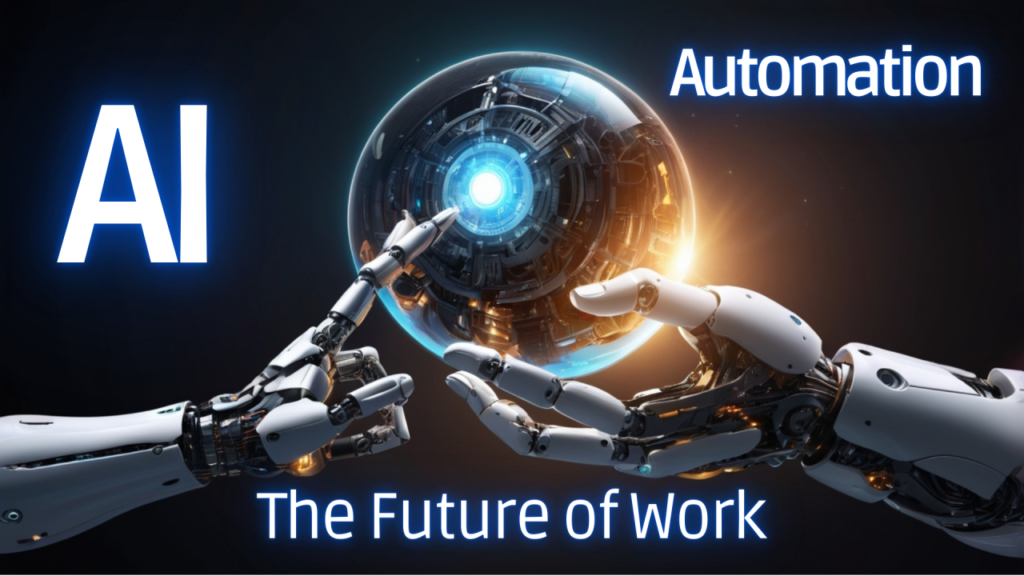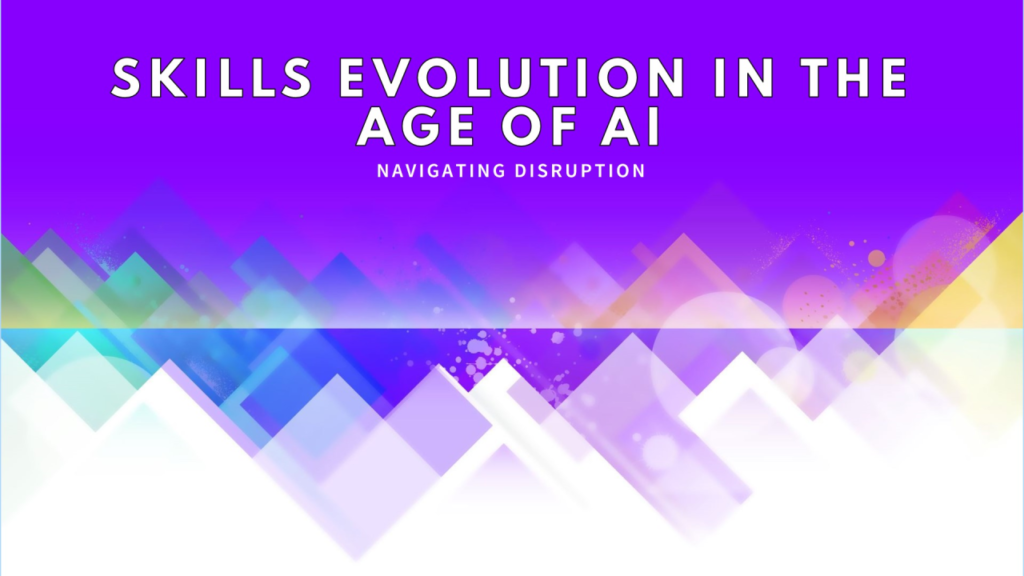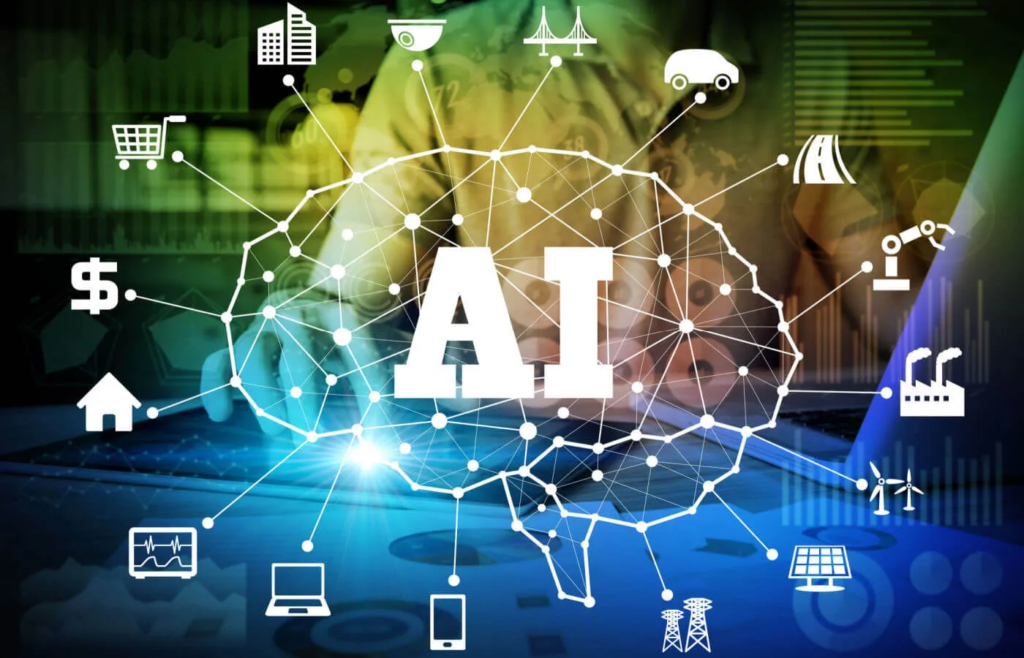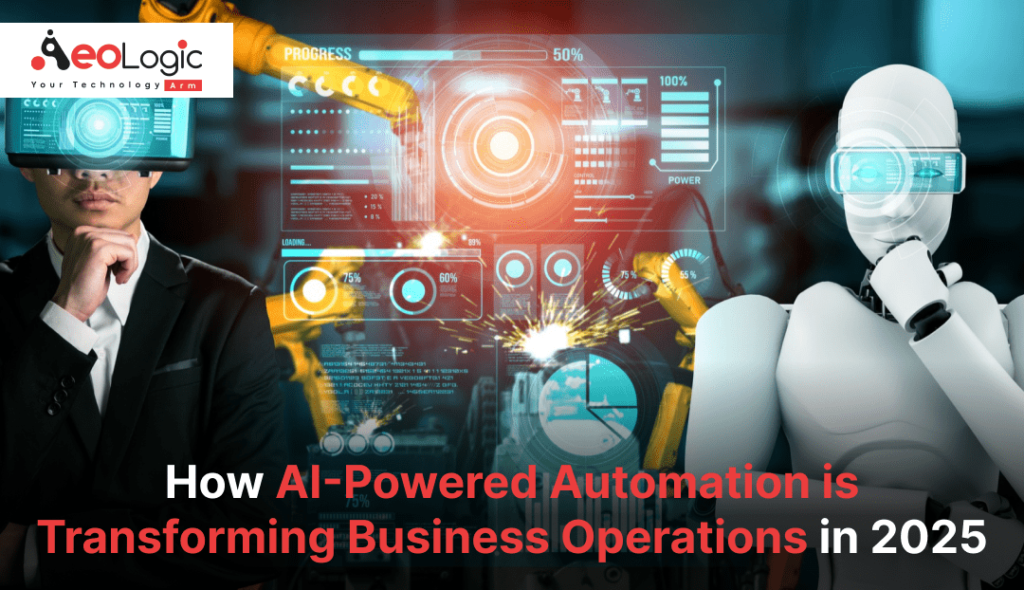The global working force is changing quick through the development of AI and automation. Predicaments for workforce strategies: Although these technologies offer tremendous efficacy and economic development opportunities, they also introduce serious challenges to job security and require a rethinking of workforce strategies. (The Future of Work: AI and Automation to Cut 40% of Global Jobs : The United Economic Forum)

📉 AI Effects on the Labor Market
Global Trends
- Job loss: AI and automation have the potential to displace as many as 300 million jobs around the world by 2030, in fields ranging from commercial and industrial to sales and customer service. (AI Replacing Jobs Stats: Most Noteworthy Trends and Predictions for 2024)
- Potential for Automation: In the developed world averaging 60 per cent of all jobs are stand to be automated, reinforcing the demand for workforce development policies. (AI Replacing Jobs By The Numbers: Key Insights And Trends To 2024)
Sector-Specific Impacts
- Manufacturing : Robotics and AI are anticipated to replace 2 million jobs in the manufacturing industry by 2025. (Top Artificial Intelligence AI Jobs Statistics & Facts for 2024)
- Customer Service: AI chatbots and virtual assistants are replacing human representatives to handle customer inquiries. (The Future of Work: Automation And AI Will Reduce Global Jobs By 40% : The United Economic Forum)

📈 Opportunities and Economic Growth
Job Creation
- New Jobs: AI will displace jobs, but 69 million new ones will be created, especially in the data analysis/AI development and cyber security sector. (AI Replacing Jobs Stats: Major Findings and Trends Through 2024)
- Green economy: AI innovation is projected to create 7 million jobs in the green economy, which will help to promote sustainable development. (AI Taking Over Jobs Stats are Compelling and Industry Trends for 2024)
Economic Impact
- Productivity Gains: Industries more reliant on AI have almost 5x higher labor productivity growth which could translate into increased wages and better standard of living. (PwC 2024 Global AI Jobs Barometer | PwC)
- Wage Premiums: AI-enabling jobs in some locations carry a 25 percent wage premium, illustrating the worth of AI mastery. (PwC 2024 Global AI Jobs Barometer| PwC)

📚 The Imperative of Upskilling
Workforce Adaptation
- Reskilling Requirements: By 2025, AI progress will force 120 million workers worldwide to seek retraining. (AI Replacing Jobs Facts Statistics The Postion Of Employment in 2024 – 33rd Square)
- The shift in skill requirements: The skills that employers are looking for are changing 1.25x faster in the occupations most exposed to AI, in which continued learning is an essential component. (PwC 2024 Global AI Jobs Barometer | PwC)
Educational Initiatives
- STEM Focus: Schools are encouraged to focus on STEM (Science, Technology, Engineering, and Mathematics) and digital learning to prepare the students for the changing workplace. (The Future of Work: AI and Automation to Cut 40% of Global Jobs : The United Economic Forum) United Economic Forum)

🌍 Regional Perspectives: India
- Job Security Worries: 82% Indian professionals fear losing jobs to AI after a study, indicating the great amount of workforce anxiety. (82 percent of working professionals they may lose jobs to A.I., according to the report
- Recognition of Upskilling: Despite some reservations, 78 percent agree that upskilling offers a means of weathering the changing jobs scene. (82% of workers feel they could lose jobs because of AI: Report – India Today)
🧭 Navigating the Future
To thrive in the AI-driven future of work, stakeholders must:
- Invest in Education: Governments and institutions must invest on education and training programs with a focus on AI and digital skills. (The Future of Work: AI and Automation to Slash 40% of Global Jobs : The United Economic Forum)
- Encourage Lifelong Learning: Create incentives for continuous learning to help workers keep pace with changing job requirements.
- Foster Partnership: Collaboration among sectors (business, education, and government) is the key to preparing a workforce that can bounce back.

the employment technology landscape is social Constructing in multiple ways so it is important to take a proactive approach in education policy and the development of the workforce the implementation of AI and automation are necessary, to capitalize on their advantages and compromise potential weaknesses.



